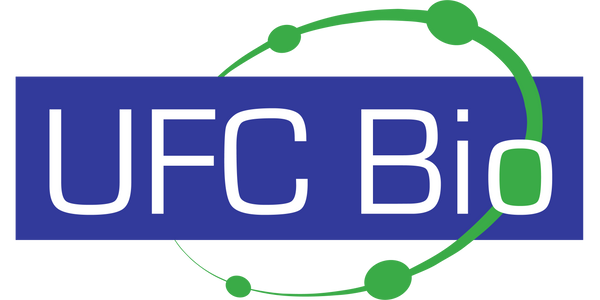
What is Buffer Solution? Usage - Application Areas
Share
Buffer solutions are solutions that resist changes in acidity and alkalinity, ie the pH of which remains approximately constant with the addition of a small amount of strong acid or strong base. This resistance is also called the buffer effect. These are usually mixtures of weak acids or bases and their strong salts. For example, sodium acetate with acetic acid; is like a mixture of ammonia and ammonium chloride. If H+ or OH- is added to acetic acid-acetate buffer, the following neutralization reactions occur.
The usage and application areas of buffer solutions are very wide. In most biochemical reactions, the pH must remain constant for the reaction to proceed in the desired direction.
For example, there is a carbonic acid–bicarbonate buffer, among other systems, to keep the pH constant in the blood. In the laboratory, inorganic and organic chemical reactions are carried out in buffered solutions when necessary to reduce the summer effects of acids and bases consumed or formed in the reaction.

The component with a large amount in the solution is called “solvent”; the component with less amount is called "solute". Solvent and solute; can be solid, liquid or gas. Accordingly, various solutions can be prepared.
- Liquid/Liquid -Alcoholic water (dissolution of alcohol in water)
- Liquid/Solid -Salt water (salt dissolution in water)
- Liquid/Gas - Ammonia water (dissolution of ammonia in water)
- Solid/Liquid - Amalgam (dissolution of mercury in silver)
- Solid/Solid -Brass (dissolution of zinc in copper)
- Solid/Gas - Dissolution of hydrogen in palladium
- Gas/Gas - Dissolution of oxygen in nitrogen
Types of Solutions
- Solutions depend on the amount of solute they contain and the solute dissolved in the solvent is grouped according to whether the amount of substance is less or more.
Types of solutions by solubility
- Unsaturated solution
- Saturated solution
- Supersaturated solution
Solution types according to the amount of solute
- Dilute solution
- Concentrated solution
- Up to 36 g of sodium chloride (NaCl) can be dissolved in 100 g of water at 20 °C. 20
If less than 36 g of NaCl is dissolved at °C, this solution is an unsaturated solution.
Solution Concentrations
- Concentrations: Substance dissolved in a certain amount of solution or solvent is called the concentration.
- Concentrated Solutions: Solutions with low concentration dilute solution; highly concentrated solutions are known as concentrated solutions.
- The amount of solute in a solution must be known.
- Amount of solute in a solution, mass, volume, mole terms
It is denoted by various concentration units containing
Solutions, by concentration units
- percent solutions,
- molar solutions,
- classified as normal solutions.

Preparation of Solutions
When preparing solutions, first of all, the solution to be prepared amount of substance required according to volume and concentration is calculated. By weighing the calculated amount of substance or the container in which the solution will be prepared by taking it with the measuring tool transferred.
If the solution to be prepared is solid, it should be weighed on a precision scale. taken by weighing. Weighings are either directly used to prepare the solution. The substance to be weighed using a weighing cup then the solution must be transferred to the container. In this case, care should be taken to transfer all of the material in the weighing container to the container, if necessary, it must be washed with solvent and transferred to the container. The substance transferred to the container is the calculated volume of the solvent. the solution is prepared by dissolving it in.
Balloons are generally used to prepare the solution. After the balloon flask is selected according to the volume of solution to be prepared, the weighed substance is transferred to the flask.
Then, some solvent is added to it and the substance is completely dissolved by shaking it well.
After all the substance has melted, the flask is completed to the volume line with solvent. Thus, the solution preparation process is completed. Sometimes, after the weighed substance is completely dissolved in a suitable container with some solvent, it is transferred to the flask and completed to the desired volume with the solvent. In this case, the container in which the substance is dissolved should be thoroughly cleaned with solvent and transferred to the flask.
If the solution to be prepared is liquid, the calculated substance is taken with a pipette or a suitable volumetric measuring cup and transferred to the solution container, the solution is prepared by adding the calculated volume of solvent to it.

While preparing the solution of strong acids such as hydrochloric acid and sulfuric acid, some distilled water should be put into the flask first, the acid should be added little by little, and then it should be completed to the volume line with distilled water.
If there is a rise in temperature during solution preparation, then the solution should be completed to the volume line after waiting for the solution to cool down to room temperature.
If the solution is not to be used immediately after the solution is prepared and completed to the volume line, the balloon should not be kept in the jug, but should be transferred to a suitable solution bottle and stored. A label must be attached to the prepared solution.
